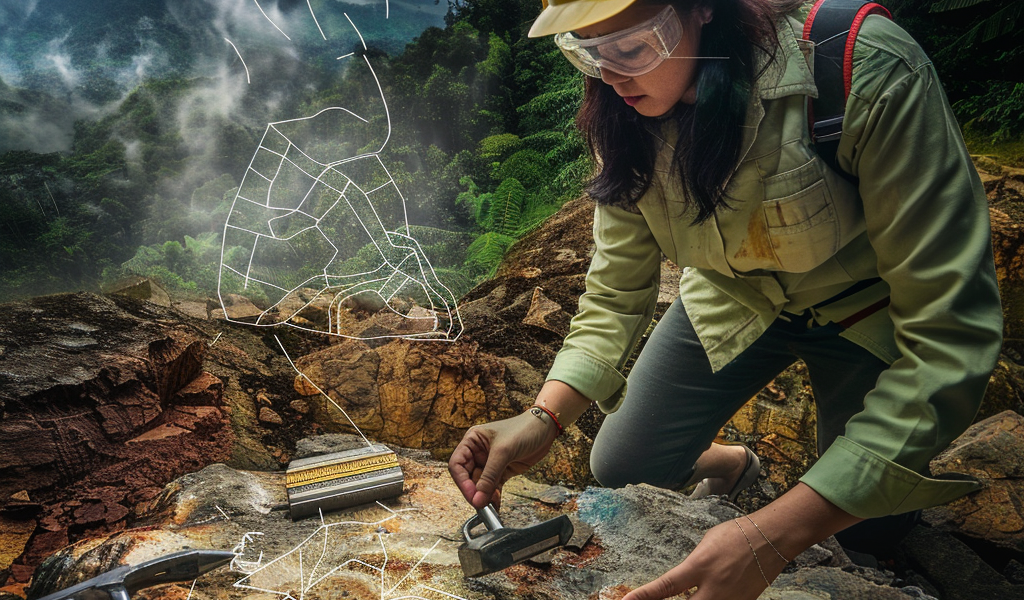Discovery of Ancient Pontus Tectonic Plate Under Borneo Reshapes Earth’s Geological History
In a remarkable breakthrough, scientists have uncovered a long-lost tectonic plate beneath the surface of Borneo, estimated to be around 120 million years old. This discovery enhances our understanding of the Earth’s geological history and the complex movements of tectonic plates that have shaped the planet over millions of years.
The ancient tectonic plate, now referred to as the Pontus plate, was identified through meticulous research conducted by Suzanna van de Lagemaat, a graduate geologist at Utrecht University in the Netherlands, alongside her supervisor, Douwe van Hinsbergen. Their investigation involved analyzing geological data from various mountain ranges in the Asia-Pacific region, leading them to the intriguing rock formations in northern Borneo.
Initially, the researchers believed they were examining remnants of a previously known tectonic plate. However, further magnetic lab tests revealed that these rocks originated from a different, unrecognized plate. Van de Lagemaat stated, “We thought we were dealing with relicts of a lost plate that we already knew about. But our magnetic lab research on those rocks indicated that our finds were originally from much farther north, and had to be remnants of a different, previously unknown plate.” This significant finding reshapes the narrative surrounding tectonic activity in the region.
According to the researchers, the Pontus plate was approximately a quarter of the size of the Pacific Ocean when it existed. It formed part of the Earth’s crust before the breakup of the supercontinent Pangaea, which occurred around 200 million years ago. At that time, the Pontus plate was situated beneath the vast ocean that separated Eurasia from Australia. As the supercontinent fragmented, the Pontus plate became engulfed by other tectonic plates, leading to the current positioning of landmasses such as the Philippines and Borneo.
Van de Lagemaat’s research focused on a geologically active area known as the Junction Region, which encompasses Japan, Borneo, the Philippines, New Guinea, and extends down to New Zealand. This region is characterized by complex tectonic interactions, making it a critical area for understanding the dynamics of Earth’s crust.
Through her extensive research, Van de Lagemaat was able to create a detailed reconstruction of tectonic plate movements from the era of the dinosaurs up to present day. This visualization not only illustrates the historical shifts of the Earth’s crust but also provides insights into the geological processes that continue to shape our planet.
The discovery of the Pontus plate is a testament to the ongoing quest for knowledge about Earth’s geological history. As scientists continue to explore the intricacies of tectonic activity, findings like these pave the way for a deeper understanding of our planet’s past and its dynamic nature.
As researchers delve deeper into the Earth’s crust, they are likely to uncover more hidden geological features that could further illuminate the history of our planet. The study of tectonic plates is crucial not only for understanding geological phenomena but also for predicting natural disasters and assessing environmental changes.
This groundbreaking research highlights the importance of continued geological exploration and the potential for significant discoveries that can reshape our understanding of Earth’s history. With each new finding, scientists inch closer to unraveling the complex story of our planet’s formation and evolution.





